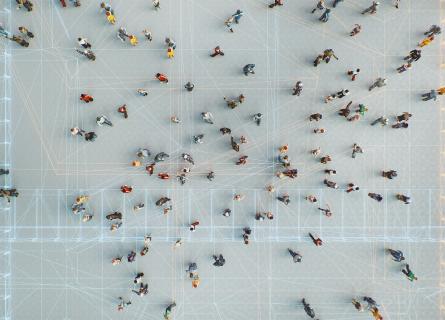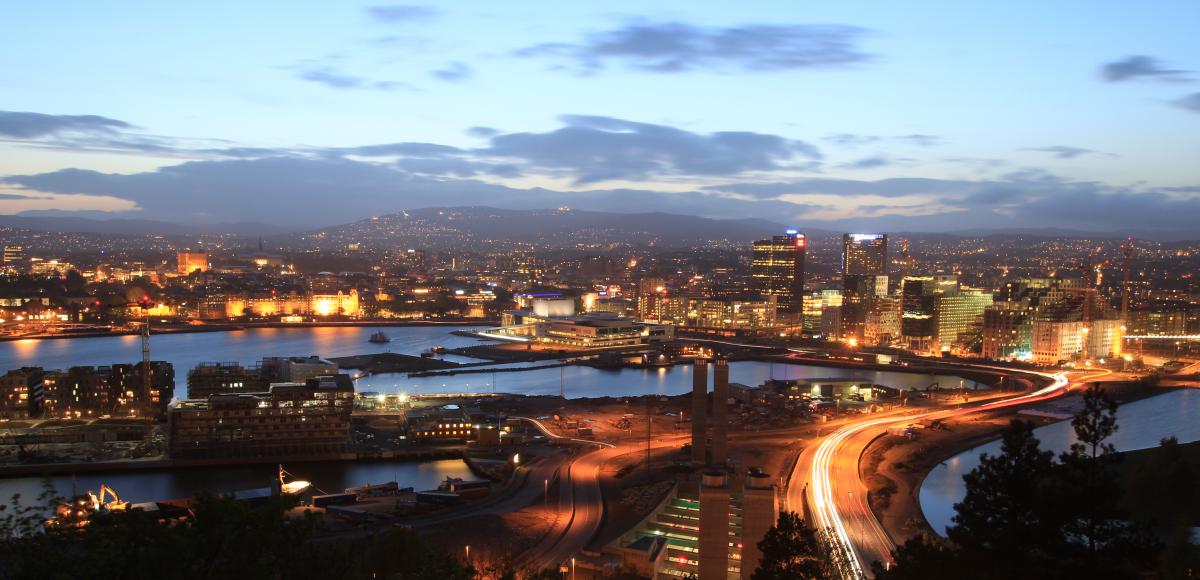
Smart Cities powered by AI
Solutions that control environmental impact while improving habitability
More than half of the world's population lives in cities, an amount expected to grow by two thirds by 2050. Therefore, it is essential to devise solutions that control such concentrated populations' environmental impact while improving overall habitability. Some of the solutions lie in technologies such as Big Data and AI, writes Henrik Mårtensson and Prajit Datta.
A significant part of the world population gradually shifts from rural areas into metropolitan cities to achieve a better life and facilities, which will further their growth. This phenomenon has been going on for centuries, and some cities have become cultural and population centers for a broad demographic and geographical area. Accumulation of people in the towns has begun to exhaust valuable resources such as living-space, food, water, and more. As a result, the quality of life has further depleted unexpectedly.
With the advent of technologies such as Big Data and Artificial Intelligence, we can bring about massive changes bound to improve the quality of life over a fixed period of life.
The environmental impacts that the cities cause are so considerable that even though they occupy only 2% of the world's landmass, they are responsible for 70% of carbon dioxide emissions globally. Smart cities projects that either redesign old cities or create new hubs that are environmentally safer need the hour.

Several other problems are associated with overpopulation in cities: logistical congestion, depletion of food resources, and sanitation. As the income of the residents increases over time, they can afford more and more vehicles, which causes the overall number of cars on the roads to increase while the mobility space remains the same. This generates enormous traffic jams and a scarcity of parking space.
Older cities use the old water transportation methods and sanitation, which were not designed for a population density of such nature. So, they have been rendered inefficient over time and cannot correspond to the needs of the residents. Such overload is often the reason for water line malfunctions and outages. A similar case is observable with the electricity grid, whose technology has not been updated overtime to compensate for the population density.
Innovations promise more efficient, smart cities, that are better for both the environment and the residents
The concept of smart cities is not a new one and has its roots in 2005 when the Clinton Foundation partnered with tech organisations to increase the sustainability and quality of lives in cities. Technology has come a long way in the last 15 years, with the arrival of intelligent systems that use artificial intelligence, machine learning, and cloud computing. Furthermore, the reduction of costs related to electronics manufacturing has given rise to the possibility of building smaller, faster, and cheaper smart sensors that can be fitted into various devices. These devices can now hold the ability to communicate with each other and share data to achieve standard functionality. This functionality has been termed as the Internet Of Things and is the latest innovation that promises more efficient smart cities that are better for both the environment and the residents.
Smart cities' solutions
1. Surveillance optimisation through AI
In classic surveillance, the film is saved and all activity, regardless of whether it is illegal or not, is collected. This can be both a violation of privacy for those who are filmed and requires a heavy administrative job for those who are to monitor.
Instead, one should look at new AI technology where advanced algorithms perform the analysis of events on edge. No information that may not or should not be collected is saved, but only when predetermined events occur (such as crimes or accidents, etc.) will data be saved. Finally, we have taken the cliché "If you have nothing to hide, no need to worry" to reality.
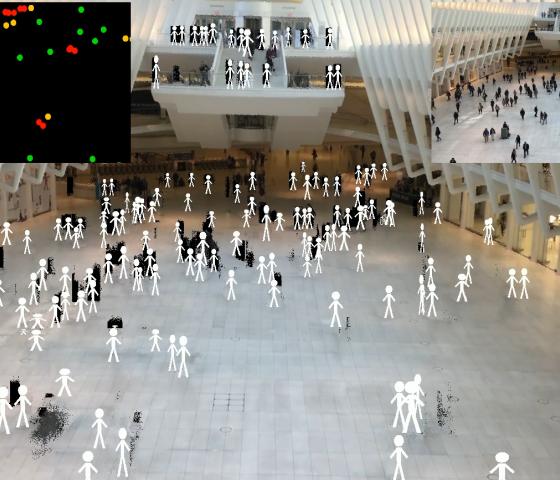
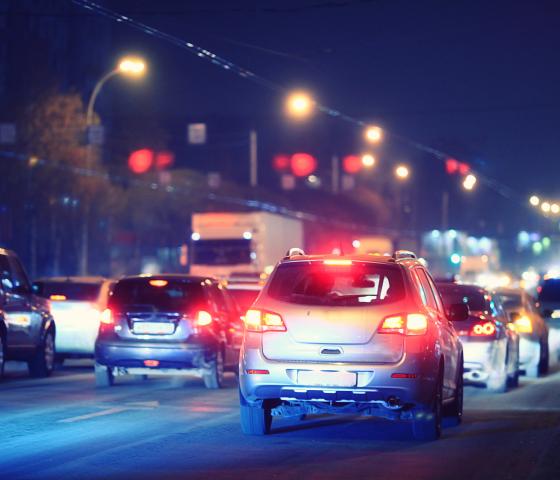
2. Traffic and parking optimisation
Traffic in cities is a significant contributor towards hassle, reduced quality of life, and environmental pollution. Parking of vehicles is another major problem that stems from an increase in the number of cars per household. To solve these problems, AI can be leveraged to modify traffic lights in such a way that the load over a single road can be lessened by diverging traffic in real-time. Furthermore, a network of sensors and cameras can detect space availability in public parking and notify drivers. These drivers can then park their vehicles at the nearest available spot for a hassle-free commute.
3. Aerial delivery and monitoring
A substantial part of on-traffic is composed of delivery systems and logistical units. These systems are usually more extensive than the city traffic, and the current road infrastructure is not able to support them along with the usual resident vehicles. It's a waste of a drivable road as smaller packages can now be hauled with smart autonomous flying objects such as drones. These drones are small in size, and their intelligent sensors pose no risk to birds. They are currency being tested in several areas for object delivery. These drones can also be used for real-time crime scene monitoring to avoid human life risk.
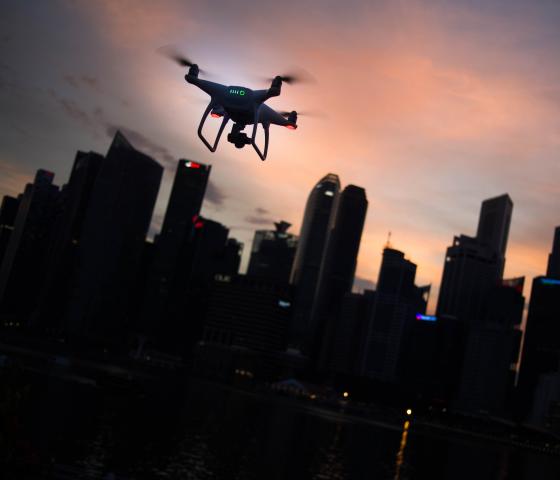

4. Effective waste management
Waste management can be carried out through AI usage in smart cities through an effective method that is already being tested out in many places over the world. This method involves fitting trash cans and dumpsters with sensors that can detect the level of fullness, and through a network connection, they can notify the cleanliness agency that it is time to empty the vessel. Moreover, the cost of operations can be reduced by mapping out more efficient collection routes and eliminating unnecessary and unscheduled pick-ups.
5. Electricity and water supply
Energy grids and water supply is the main factor that contributes to the wellness of a society. Smart systems can be put in place that will be able to sense the need for more electricity in an area in real-time and redistribute it from another one. Water supply systems can be improved by placing sensors in pipelines that will be able to detect leakage or a potential weakening to stop a hazard from happening. These methods can work in sync to increase the overall efficiency of the systems in place and improve the lives of the residents.
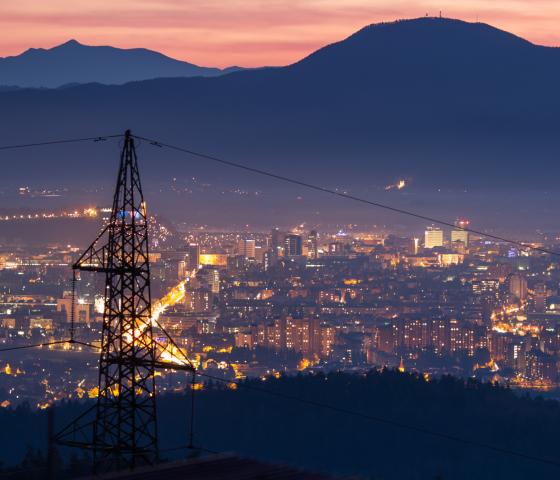
Many of these solutions are already being implemented. As an example, experts from AFRY is currently developing one of Sweden’s most modern buildings with cutting-edge solutions in AI, energy and sustainability. This includes creating a digital platform that, with the help of AI, can feedback the climate footprint historically, in real time and predicted for the next few days.
The platform, that works as an AI agent, will be able to steer the property's energy system towards smart energy use and low climate footprint. At the same time, it is investigated how information about the electricity market's climate footprint can provide a basis for the AI agent.
It also handles the sustainability impact of other lifestyle areas. With the help of information and nudging, it facilitates a climate-smart lifestyle; sustainable travel, sustainable consumption of food, goods and services and creates social values such as security, well-being and community. The digital platform also contributes to raising awareness about the climate and environmental impact of various lifestyle choices.
For more than 100 years, AFRY has built and developed cities. The combination of experts within infrastructure and future technologies enables us to find the best solutions for smart and sustainable cities shaped for the inhabitants’ perspectives and needs.







